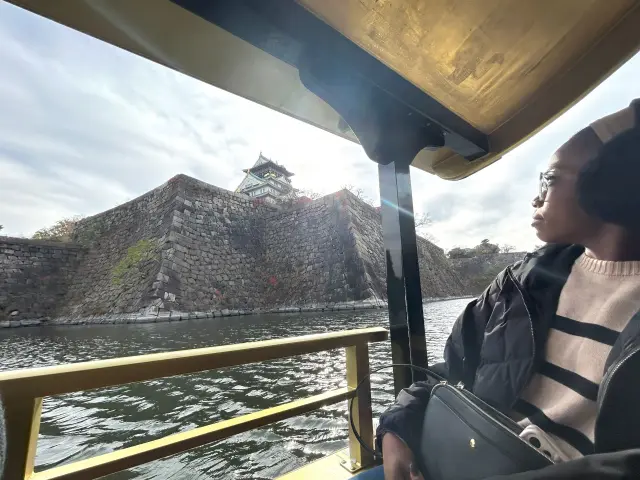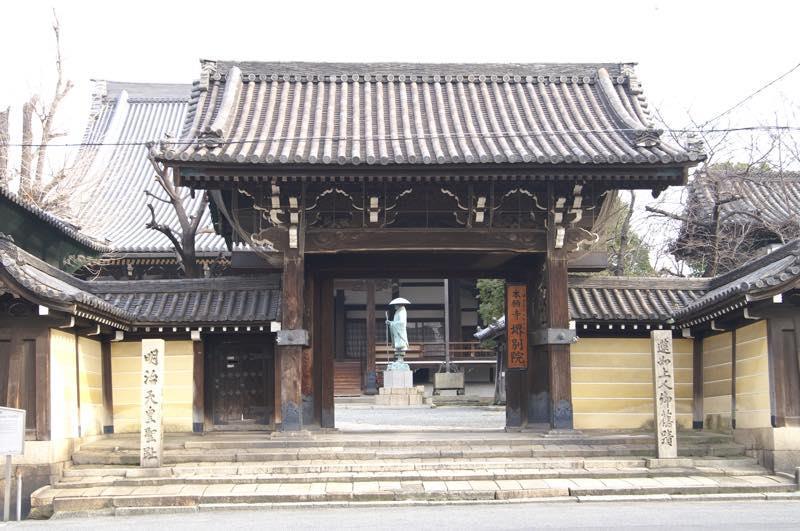
Honganji Sakai Betsuin
Last update
・ Summary
The largest wooden construction in Sakai City, and affectionately known as the ""Monk of the North."" The current main hall is a reconstruction that was built in 1825. It was used as the Sakai Prefectural Office for 10 years after the abolition of clans and establishment of prefectures in 1871, before being returned to the Shinshu Honganjiha branch of Buddhism and becoming a designated historical site as the ""Site of the Sakai Prefectural Office.""
The largest wooden construction in Sakai City, and affectionately known as the ""Monk of the North."" The current main hall is a reconstruction that was built in 1825, and was used as the Sakai Prefectural Office for 10 years after the abolition of clans and establishment of prefectures in 1871. After the Meiji Restoration Sakai Prefecture was only the old Tenryo lands, but between 1869 and 1876 it combined with Kawachi prefecture, Tannan prefecture, Nara prefecture, and others to become one of the largest in the Kinki region. While Sakai prefecture possessed expansive lands and conducted their own unique prefectural policy, the governmental policy for the expansion of Osaka meant that in 1881 their prefectural lands were combined with Osaka, bringing an end to Sakai's history as a prefecture. The temple grounds and buildings were then returned to the Shinshu Honganjiha branch of Buddhism, in the possession of which they remain to this day, but it also became a designated historical site as the ""Site of the Sakai Prefectural Office.""
The temple bell in the bell tower bears an inscription dated 1617, which reads that after the burning of Nenbutsuji (the temple shrine of Aguchi Shrine) during the Osaka Summer Campaign in 1615, the bell was recast at the behest of the Sakai officials who worked so hard to restore the city and find its new role. It was moved to the Sakai Betsuin along the anti-Buddhist movement at the beginning of the Meiji era, but it remains a prized artifact, not only commemorating the history of the resurrection of Sakai at the start of the Edo period and also as the oldest dated temple bell in the city, but it is a city designated tangible cultural property. As it was created to resemble the previous bell, destroyed in the fires of conflict, it is characterized by a shape closely resembling that of a middle-ages bell.
・ Address 3-1-10 Shinmeichohigashi, Sakai-ku, Sakai shi
・ Open Admission free
・ Closed None
・ TEL +81-72-232-4417
・ Official HP http://www.sakaibetsuin.or.jp/

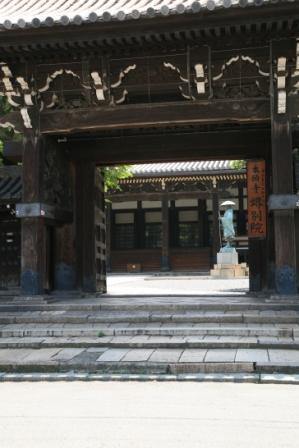
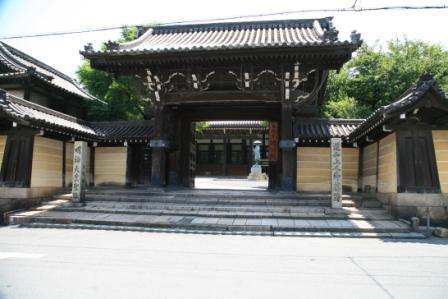
Check also...

Consider your accommodation in the Kansai area!

Restrictions on Large Baggage

Hidden Stories in Stone: Exploring Japan’s Castle Walls

Feel Like a Lord: Castle with Stunning Panorama Views

Experience the True Essence of Japan through Castles, Cultural Treasures, and Timeless Gardens
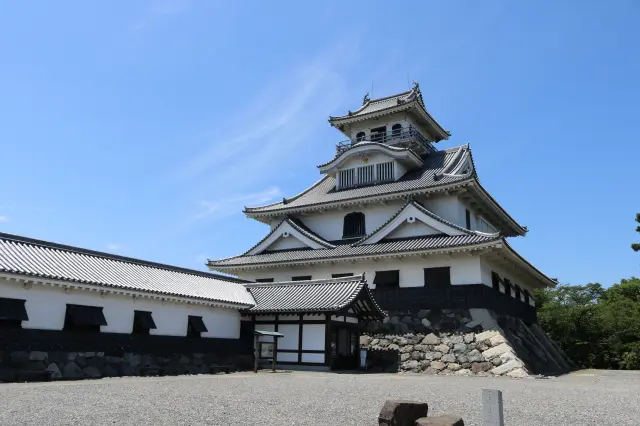
Castles of Toyotomi Hideyoshi
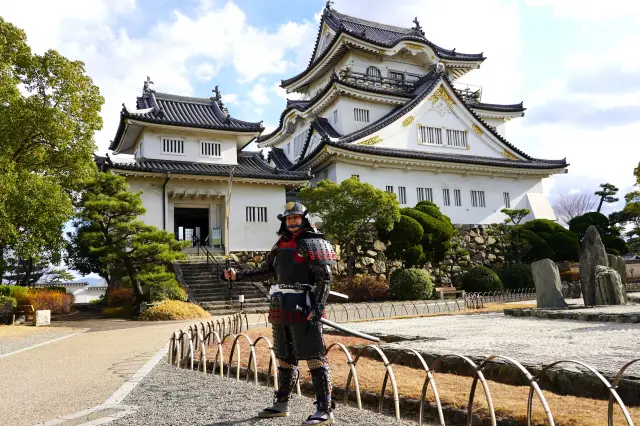
Exploring the Roots of Festivals: A Journey of Understanding Local Bonds and the Preservation of Culture
